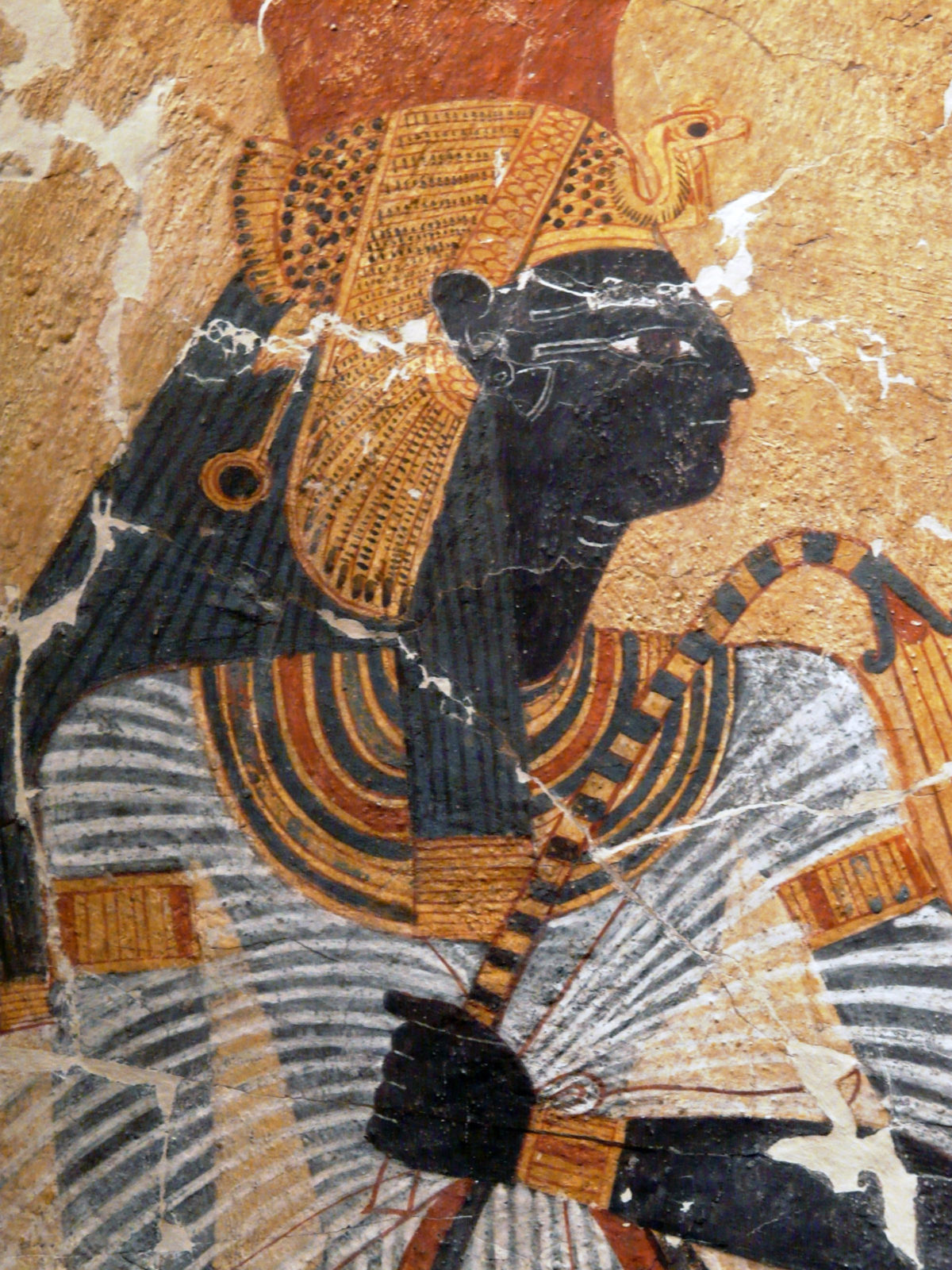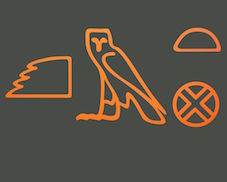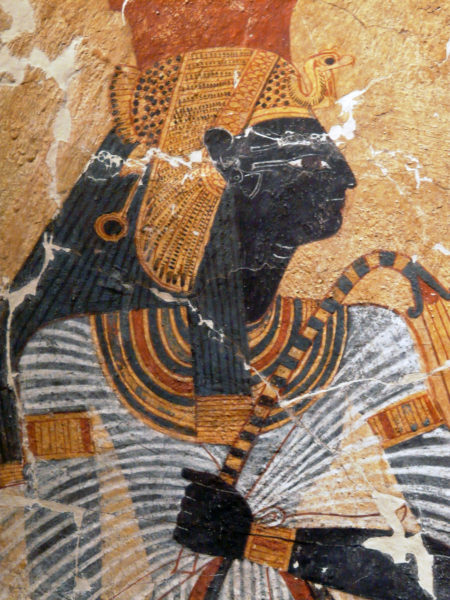A Roman painted portrait claimed to represent Cleopatra VII has been circulating the news and social media over the past week. The fragment (Figure 1) dates to the first century CE and was found at Herculaneum. There is no inscription to identify the subject. It seems strange, therefore, that the image is being shared as a certain depiction of Cleopatra. Its appeal is doubtless the pale skin and red hair, which supports later European ideals and impressions of the ruler. In fact it has been suggested (Herbig, 1962) that the pale skin against a dark background was taken from a cameo, used for the model.
Inconsistencies
The identification of the painting as a portrait of Cleopatra stems from the suggested diadem (crown) and through comparison with coin images (Walker and Higgs, 2001). However, the image of the painting below shows that the fragment is damaged around the nape of the neck. A second painting from Pompeii shows that the “diadem” is in fact a head cloth that is tied around the bun to complete the hairstyle (Figure 2). This feature differs from two marble portraits of Cleopatra from Rome and also the coins (Figure 3).
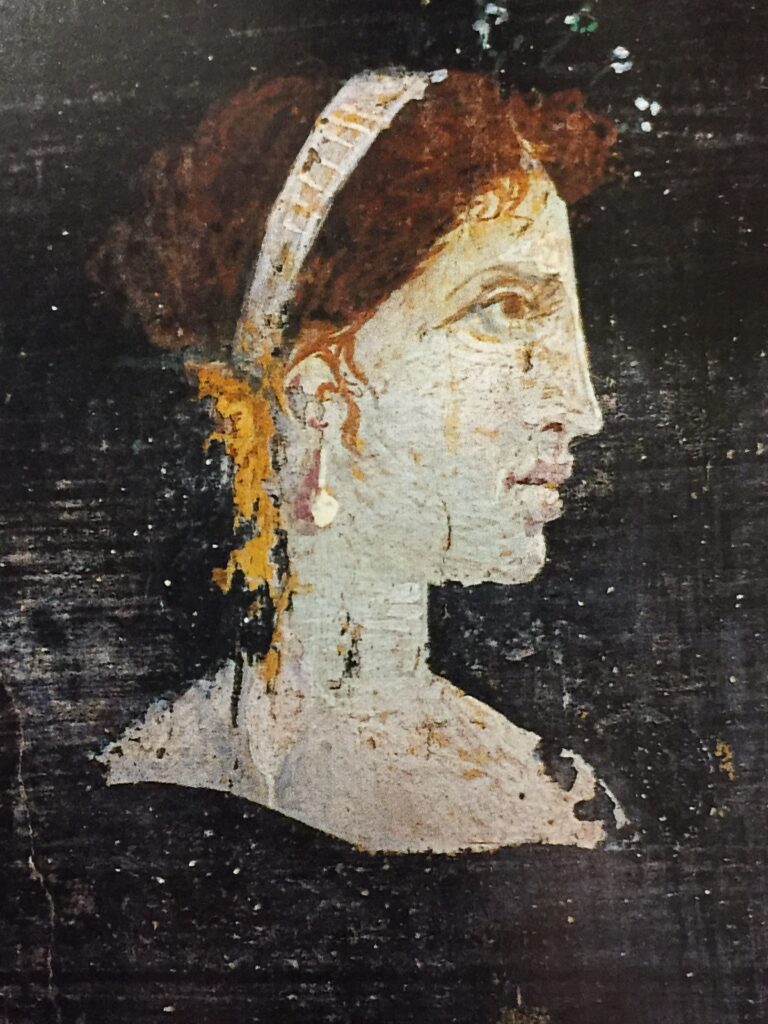
As noted, the Herculaneum fragment can be compared to similar depictions found in the so-called House of the Orchard at Pompeii (one example illustrated below; ). And this gives a further explanation as to why the two images have been associated with Cleopatra. House of the Orchard contains some Egyptianizing motifs (Room 5) alongside classical Greek iconography and Roman bucolic scenes. For this reason it has been suggested that the bust (Figure 2) might represent Cleopatra. This is in spite of the subject wearing a band around her head rather than the royal diadem (crown; see Walker and Higgs, 2001 for discussion).
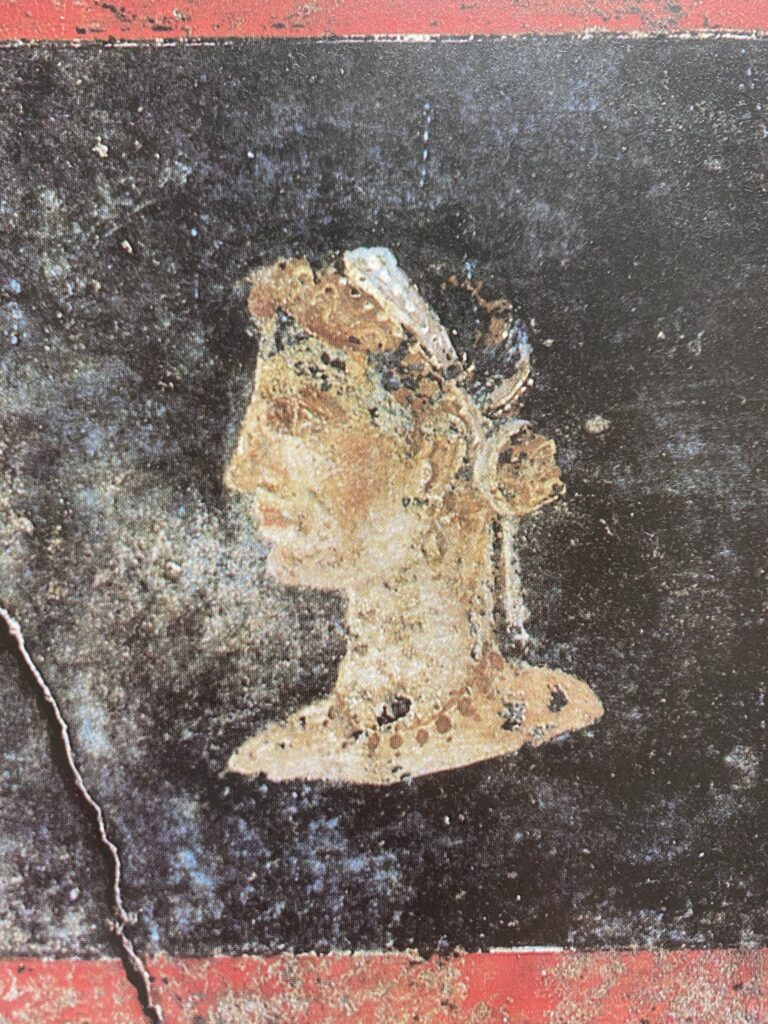
Aside from the missing royal iconography, there is the dating of the wall paintings. The style of wall paintings at the House of the Orchard has been dated to 69-79 CE on account of the style of the wall paintings; so 100 years after the birth of Cleopatra. It is not a contemporary piece even if it were to represent the ruler (there is no definitive evidence to suggest that it does).
Furthermore, the Egyptianizing reliefs at the House of the Orchard are uniform in style (see Figure 4) and are substantially different from the style of the unidentified female bust. The biggest problem in identifying these images as Cleopatra remains the hair band. It’s style is completely different to the royal diadem or fillet found on coins and statues of Cleopatra (see Figure 3 for the Vatican portrait).
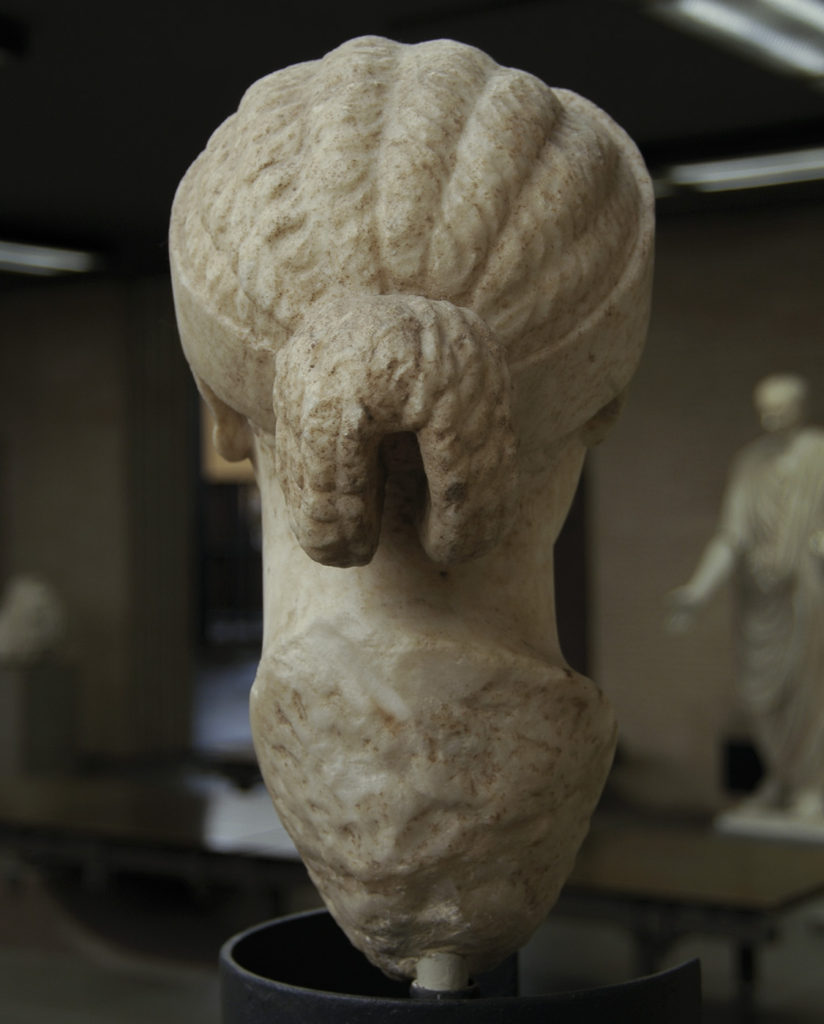
Identifying ancient portraits
There are a number of ways to identify an ancient Roman portrait. This is not an exact science and the process requires knowledge of the period as well as the provenance (find spot).
- Inscription- not always as straight forward as it might first appear because the inscription could have been added later, or someone could have re-used part or all of a statue/sculpture.
- Location- if a particular sculpture was found in a location that was only used for a set period of time, it might be possible to associated a representation with a particular donor or ruler. The problem with this method is that statues were often reused for building material.
- Comparison with coin portraits- coins typically have the name of the ruler inscribed around their image and have been used for many years in Classical archaeology and art history to identify representations. The main issue with this method is that coin portraits are small, they are stamped on the metal of the coin using a die, which can become worn or distorted. Nevertheless this has been the main method of identifying royal and imperial portraits.
- Iconography- coins can also be useful when it comes to linking specific symbols with a particular ruler. This is particularly true in regards to Hellenistic rulers (including the Ptolemies).
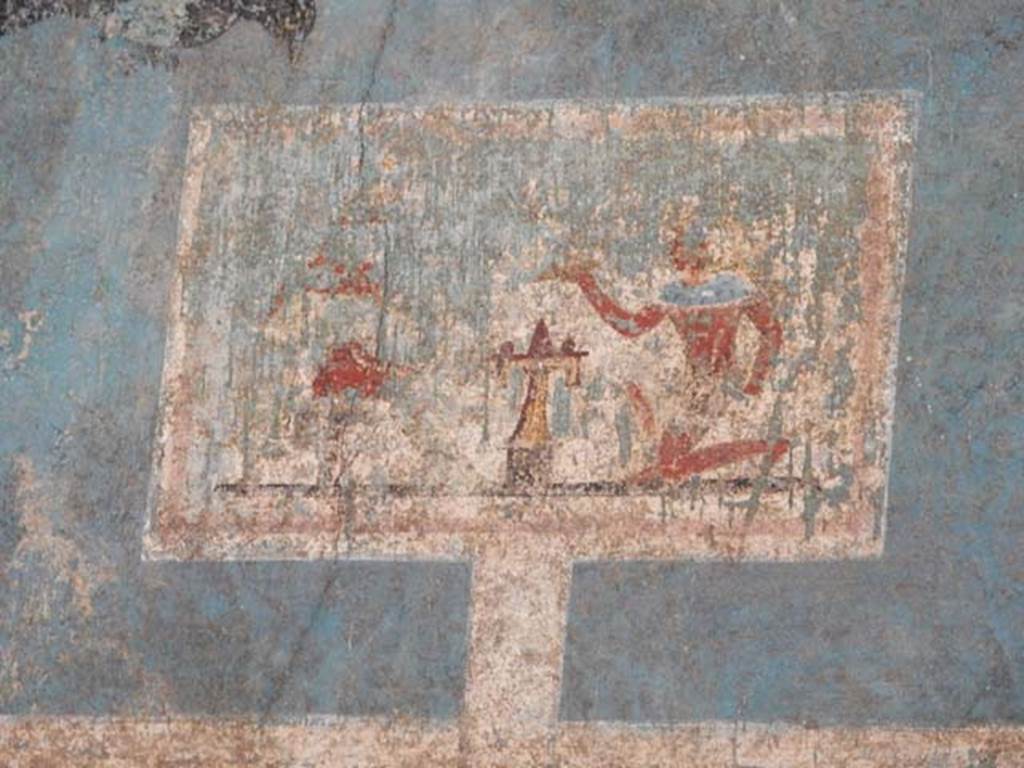
It’s not always that simple…
The problem is that wealthy Romans who commissioned portraits of themselves were often shown with a likeness of the Emperor and his family. This is why it is essential not to use one of the aforementioned methods of identification but to consider them all. Crucially, royal or imperial status carried specific iconographic features. Hence, the problem with identifying the “portraits” at the start of this post with Cleopatra.
The fundamental issue remains the fact that these images are from private houses and were made after the death of Cleopatra in a foreign country. Over the past week they have been used by some emotively and politically to support the belief that Cleopatra had a pale complexion. Neither of the wall paintings has the appropriate iconography to represent a Hellenistic royal.
There are two motivations to associate these paintings with Cleopatra. The first is to counteract the suggestion that Cleopatra may have been partly of Egyptian ancestry (her mother/grandmother). The second is rooted in the belief that the Ancient Nile Valley population were not indigenous African people. I have written about such responses in a previous post cognitive dissonance. Over the next few blog posts I will be adopting a critical approach to review representations that have been identified as Cleopatra.
References
Herbig, R. (1962). Nugae Pompeianorum: unbekannte Wandmalereien des dritten pompejanischen Stils (Vol. 1). Ernst Wasmuth.
Pugliese Carratelli G. & Baldassarre I. (1990). Pompei : pitture e mosaici. Istituto della enciclopedia italiana.
Walker S. & Higgs P. (2001). Cleopatra of Egypt : from history to myth. British Museum; Princeton University Press.

